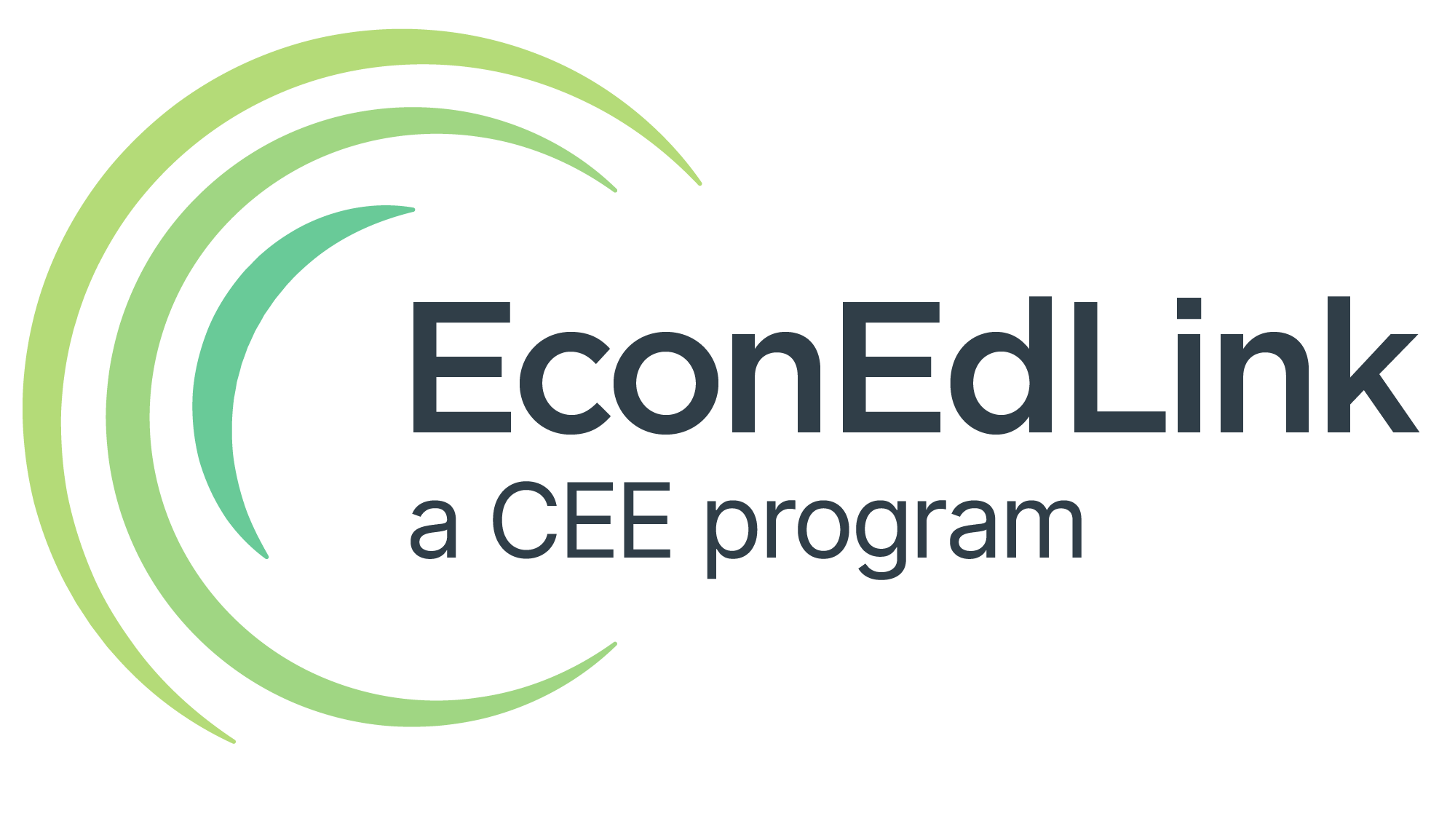Capital Investments: Human vs. Physical
Objective
Students will be able to:
- Describe human capital.
- Understand the difference between hard skills and soft skills.
- Explore the ways in which human capital can be developed.

In this economics lesson, students will assess their strength in soft skills through a written conversation.
Procedure
Warm-up
Use the PowerPoint Slide presentation throughout this lesson plan. Project slide 2 of the PowerPoint onto the screen. Ask students to spend five minutes writing down their response. At the end of the lesson, students will be asked to reconsider their response to the bellringer in light of new knowledge acquired through the day’s instruction.
Modeling
Use the remainder of the PowerPoint presentation to model the key ideas and prepare students for the group activity. The beginning slides lay explore the importance of developing one’s human capital, since most people will work throughout their lives and most would rather make more money than less. Further slides then discuss how traditionally human capital development has been done through greater formal and informal education. There is plenty of evidence to prove that more education translates to greater job security, choices and lifetime earnings, some of which is laid out the presentation. This has resulted in the numbers of people seeking higher education exploding. The presentation then continues by describing how it has now become necessary to differentiate between job applicants in more nuanced ways. There is now no shortage of candidates with hard skills, but their development has come at the expense of soft skill development. The presentation concludes with an exploration of soft skills, the intangible assets of communication, leadership and problem solving that are essential to a well-rounded employee but difficult to assess through a test and describes seven specific soft skills sought by employers and the degree by which they’re desirable.
Group Activity
Students will exercise their understanding of soft skills through a written conversation, through a series of ten scenarios of conflicts that occur at work. Resolving the conflicts will require good communication, flexibility, problem solving and strength in the face of criticism.
- Assign or allow students to identify a partner for the written conversation. If there is an odd number the teacher can partner with the extra student or form one group of 3. Have students arrange their desks so they are facing each other.
- Make a copy of On the Job Scenarios. Cut the scenario sheet along the dotted lines and give each person in the pair a copy of one of the work dilemmas. Multiple groups may be working on the same conflict, depending on the size of the class.
- Instruct students that for this exercise they may not talk with their partner – all communication will be written. If at any point, a student has the urge to talk, he or she should write down the thought instead.
- Provide the following instructions to students before they begin their written conversations: Pay attention to what your partner is writing, use examples, answer your partner’s thoughts in detail, keep the conversation in the real world, comment respectfully on your partner’s ideas and opinions. It is OK to argue and disagree, but do it nicely.
- Members of each pairing will write simultaneous responses to the question posed in the scenario.
- At the end of two minutes, the partners will swap their responses, maintaining silence at all times.
- On receiving the partner’s work, the students should read it and then write comments in a respectful manner on how they would approach the situation. Comments should build on the original thoughts by providing an additional perspective.
- At the end of the second two minutes, the partners should swap the work again to where it began and read the addendum. Allow one last two-minute session for any follow-up partners may want to provide in writing.
- Finish with a whole class discussion. Ask at least one pair from each of the soft skill categories to share their streams of thought on the conflict, presenting the situation and how they would have responded. Be sure that presenters highlight the soft skills that were employed in response to the conflict and that the rest of the class has a chance to suggest any opportunities that were missed.
Assessment
Students should read what they wrote in response to the discussion prompt at the beginning of the lesson. Ask students to edit in the margins of the paper any changes to their original strategy for the interview. Display the following questions on the board or projection screen:
- Would they prepare in the same way or might they rebalance favoring more soft skills than hard skills in the reveal offered to the prospective employer?
- How would they greet this individual and what impression would they like to leave him with?
The comments in assessing the original response should be in the margins, to reflect how the students’ thinking evolved as a result of the lesson.
Extension
Activity 1
Students will read the article, The Soft Skills Gap, Gen X-Gen Z, on bridging the soft skills gap and answer the questions in Bridging the Soft Skills Gap.
Resources

